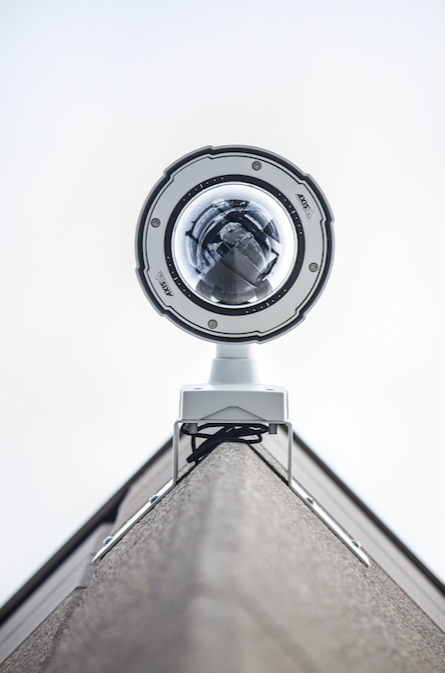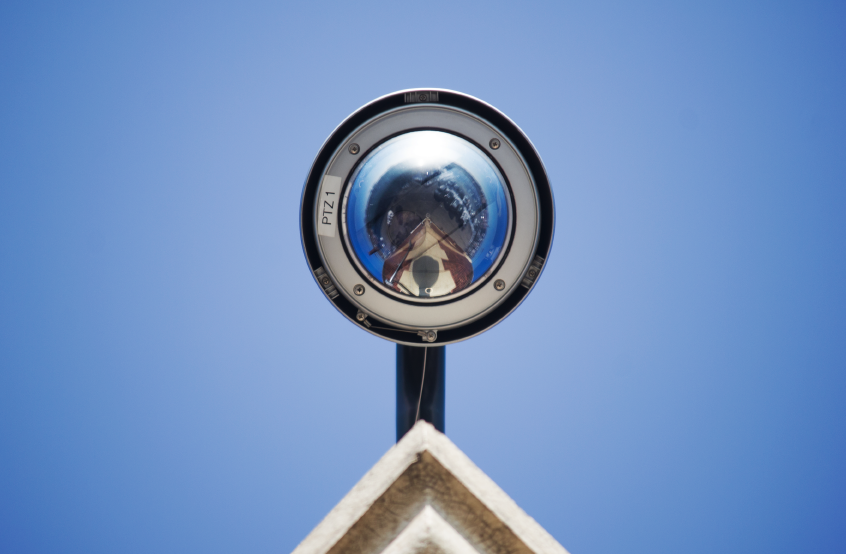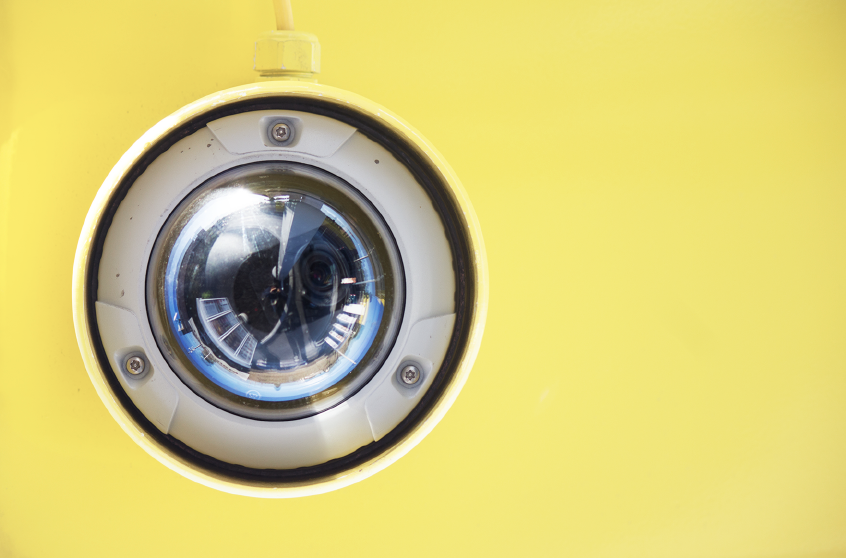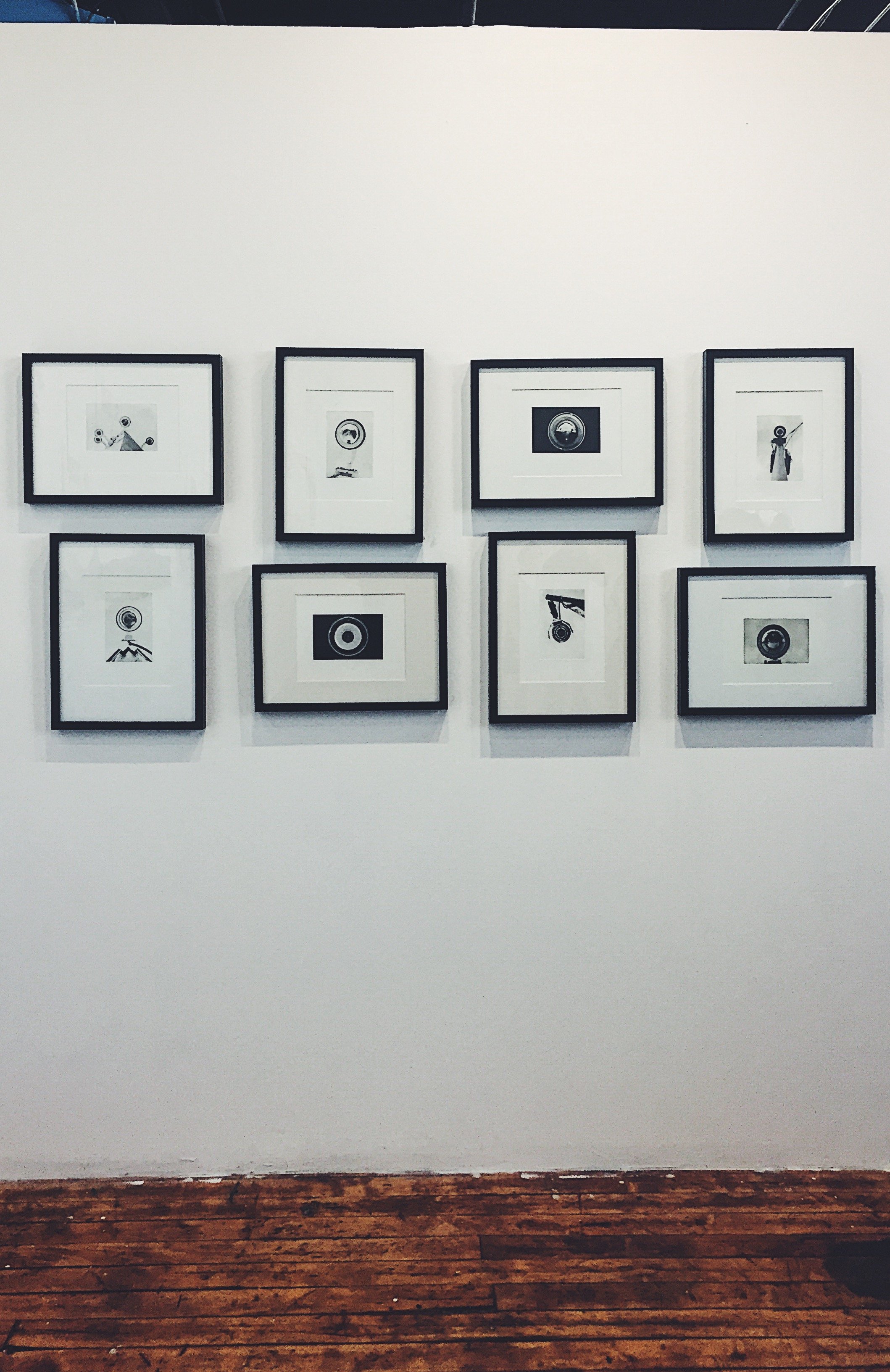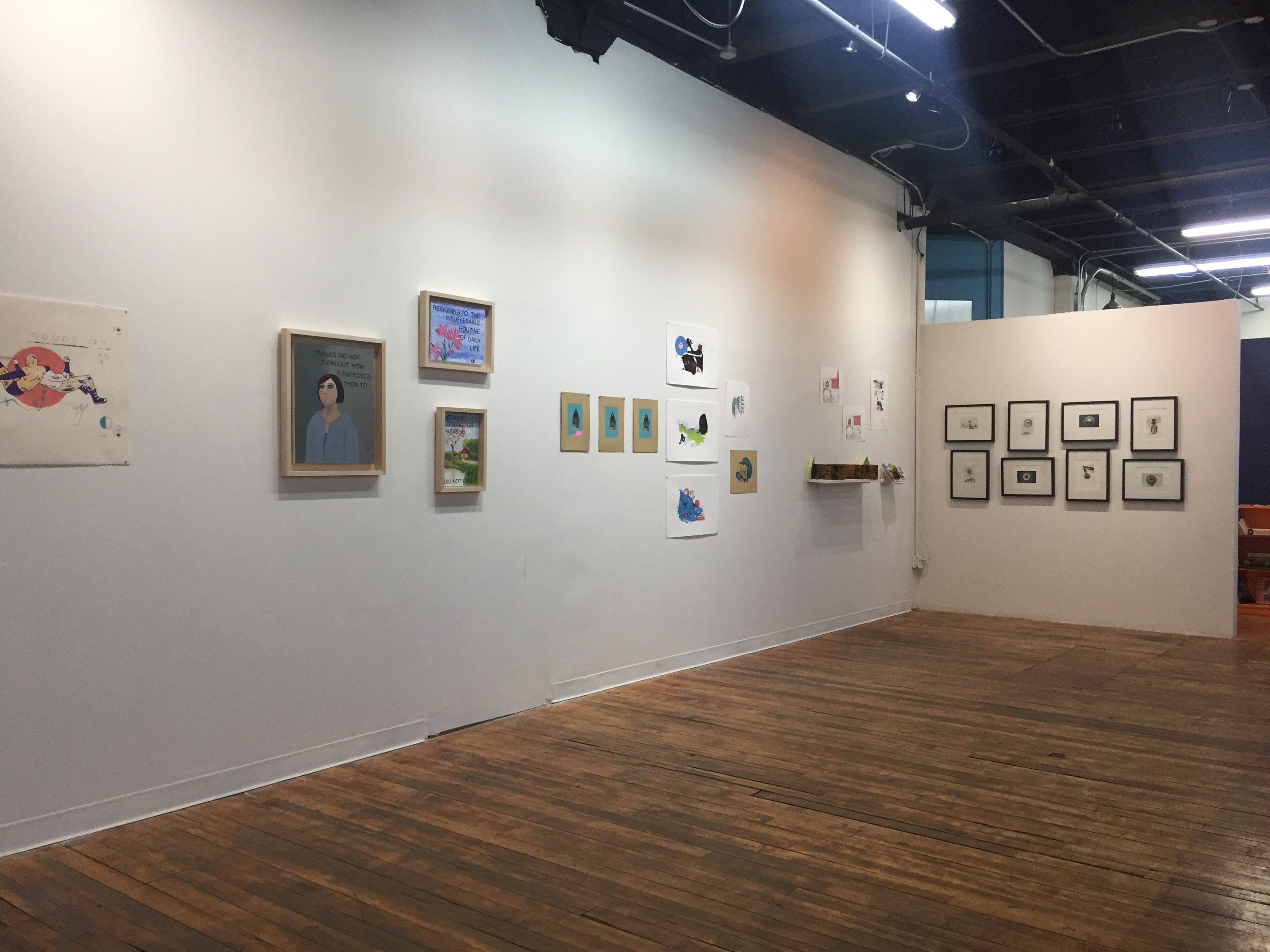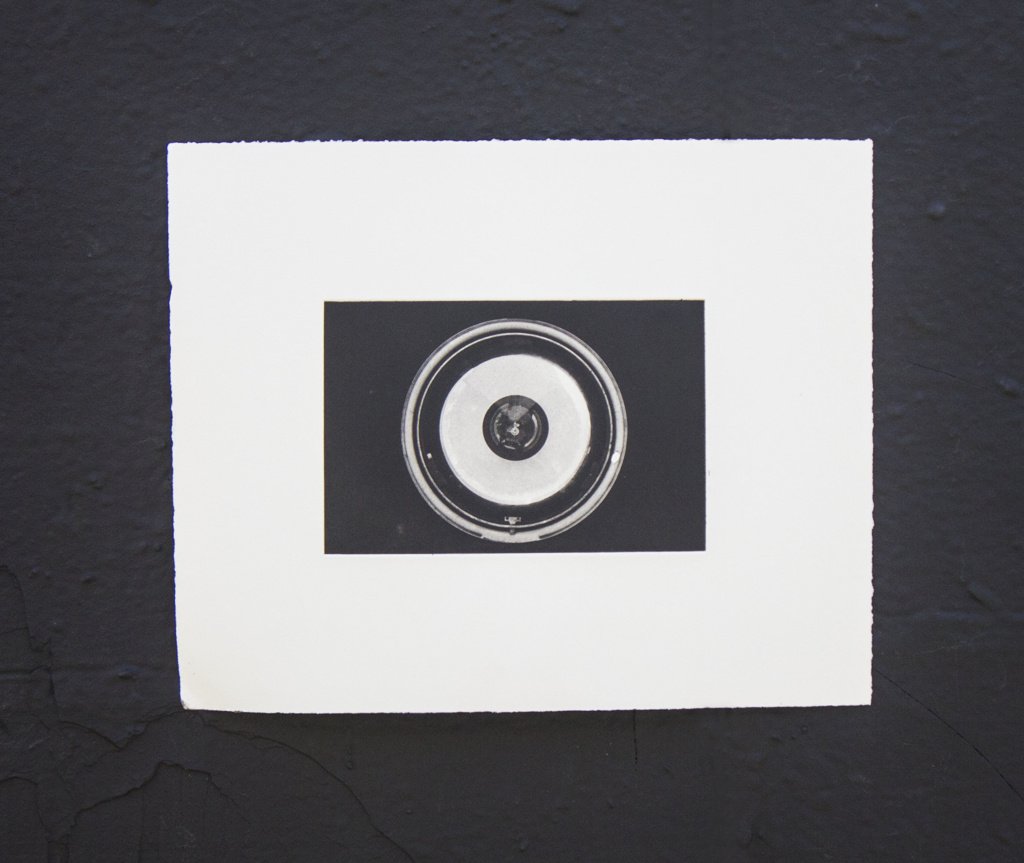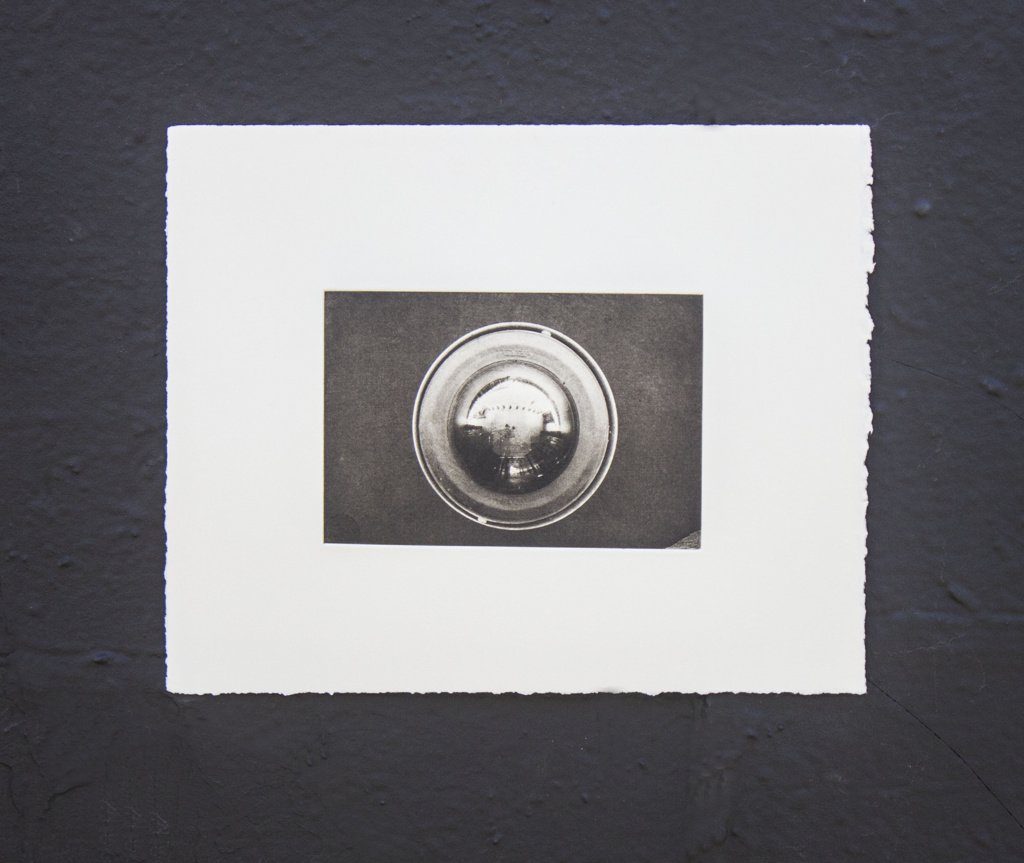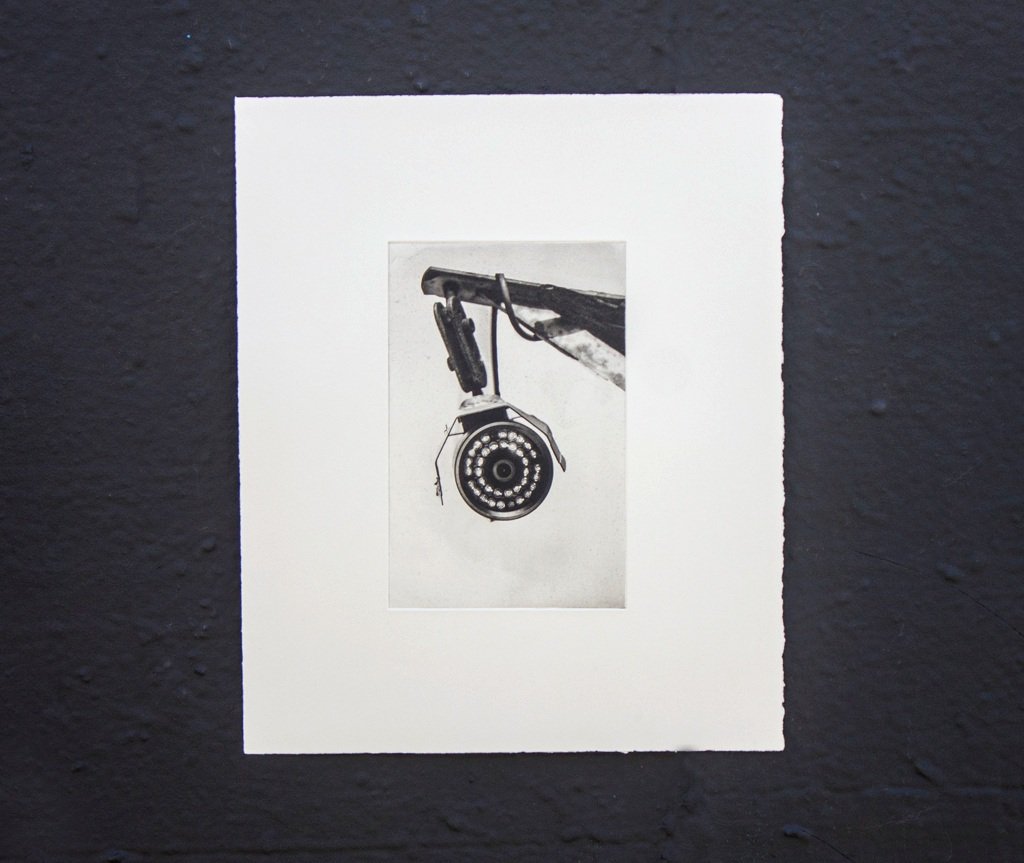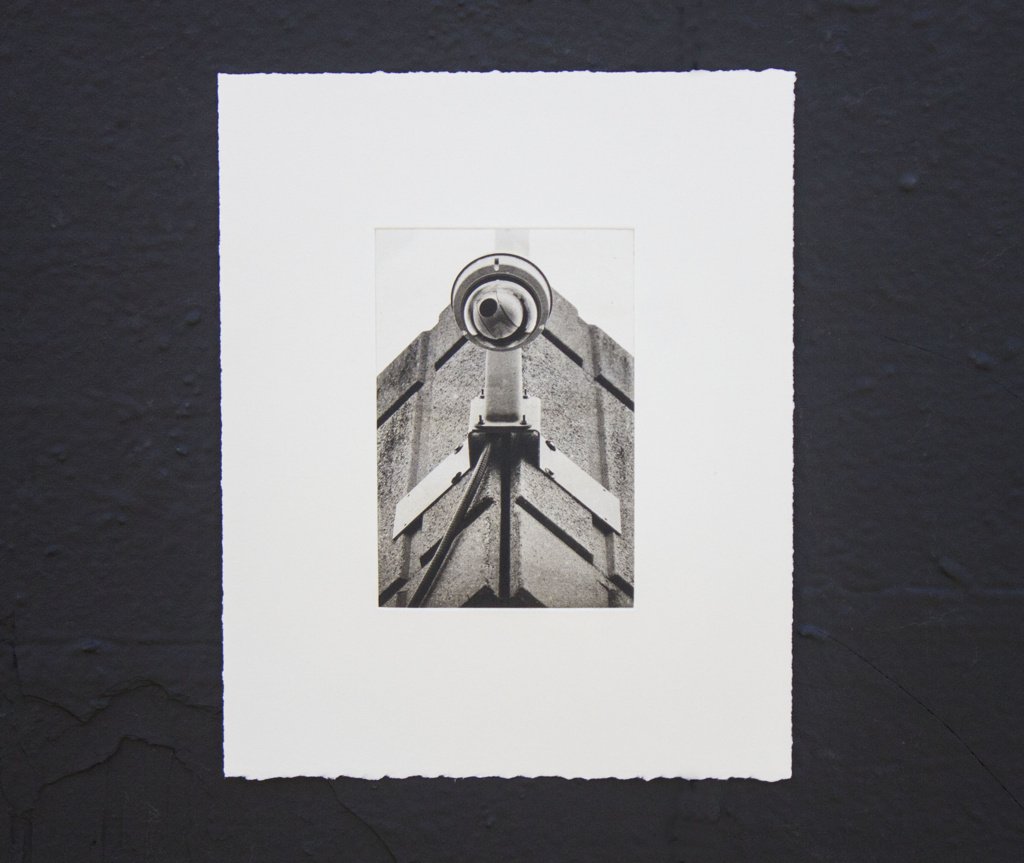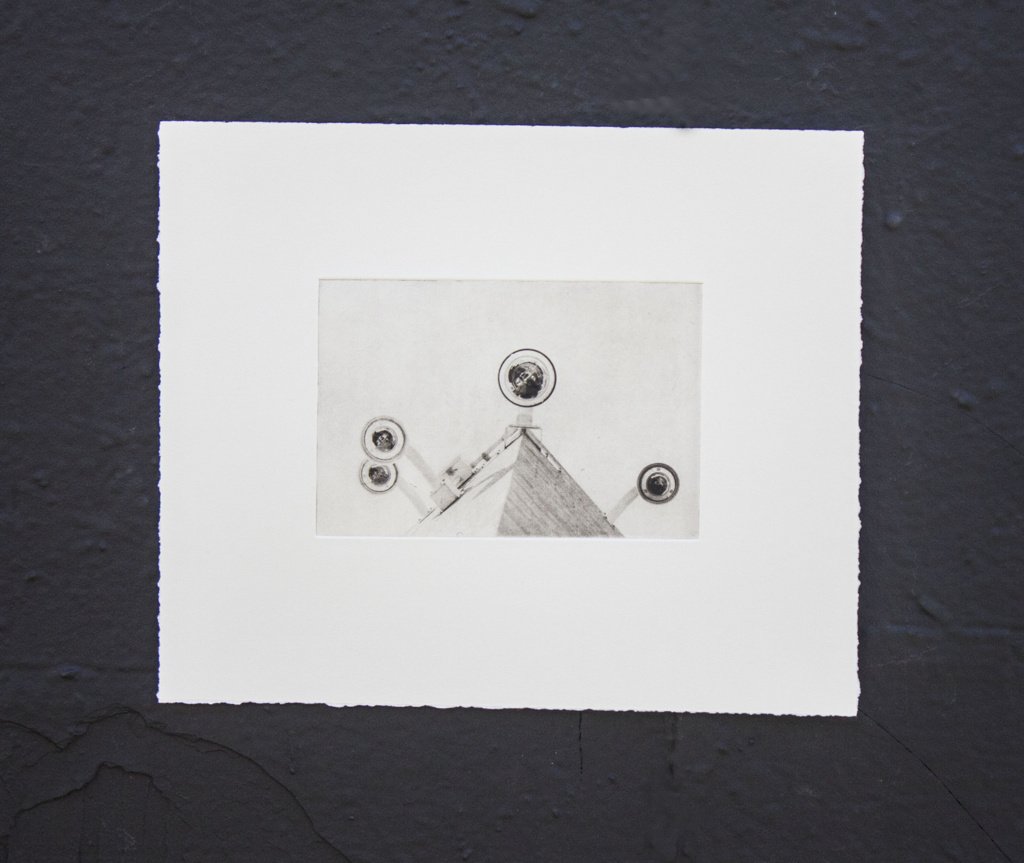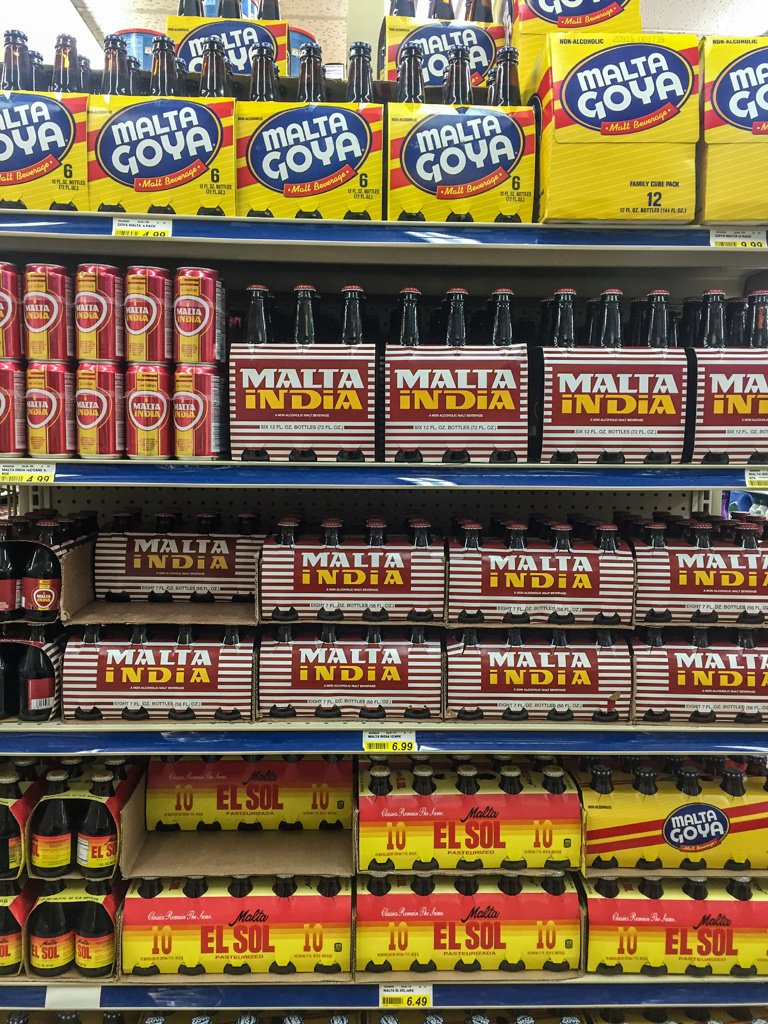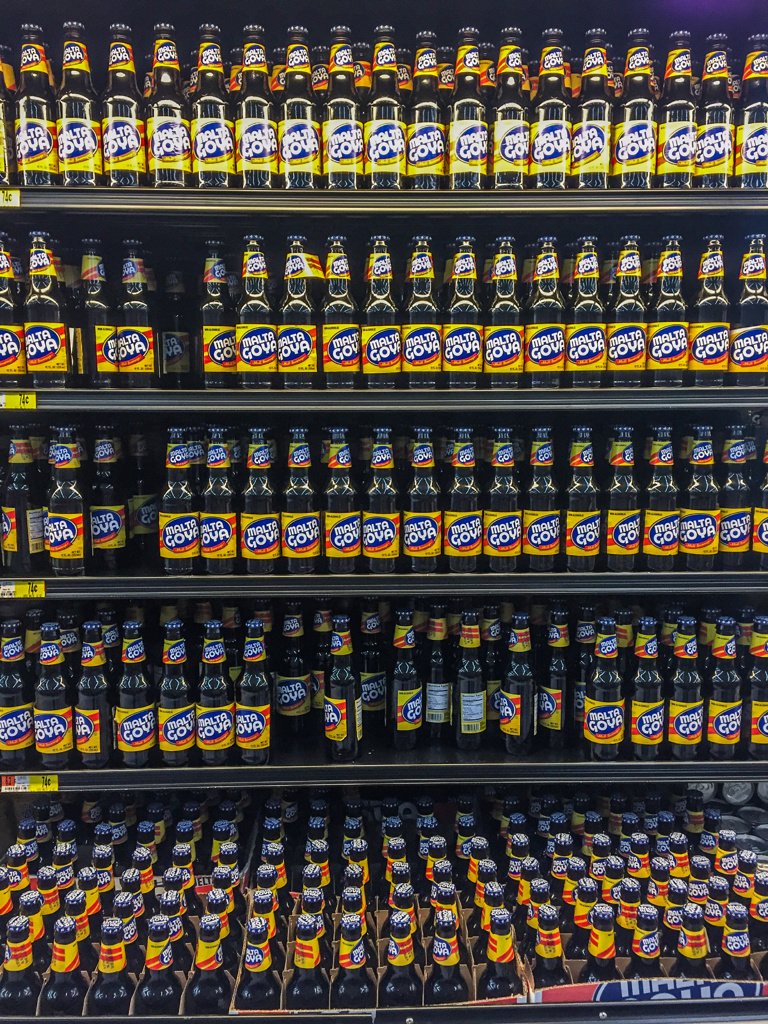The Birds Eye View: A SURVEILLANCE PROJECT ON SURVEILLANCE
Growing up in Chicago, it's wasn't hard to see we live in a policed state. As a result, families that have been around for ages find themselves relocated, displaced, and removed out of neighborhoods, me included. Chicago is one of the most segregated cities in the country. According to the University of California, Berkeley, a study conducted in 2019 on the Most to Least Segregated Cities in the US, Chicago came in as number 4. So, it's not that big a surprise that you feel like someone or something is always watching you, especially in certain parts of the city.
In 2013, I conducted a 365-day surveillance project where I took a photo of a different surveillance camera every day for a year throughout the city. It started one day while strolling through my childhood neighborhood and realized how many blue-light surveillance cameras surrounded me. "Blue Light Cameras" (also known as Police Observation Devices or PODs) made their way into neighborhoods in the Chicago area within the early 2000s. The system, at that time now known as Phase I, was designed to be used in some of the city's hardest-hit crime areas to curb or discourage criminal activity. Phases II and IV brought about new technology like better video imaging, night vision capabilities, and both discrete and marked cameras depending on their locations. It is estimated now that there are 10,000-20,000 public and private camera systems throughout the Chicagoland area.
Through my daily finds, I would have multiple interactions with police, bystanders, and community members. By the end of 2013, I would find myself with an archive of over five hundred different surveillance cameras around the Chicagoland area. I reconducted this same project in 2015 and 2017, leaving me with a library of 7,000 surveillance cameras city-wide.
The Bird's eye view is an ongoing project as more camera systems in the Chicago area come into play. I am continually looking for more cameras while growing my archive daily.
“Surveillance is the act of me watching you watch me”



